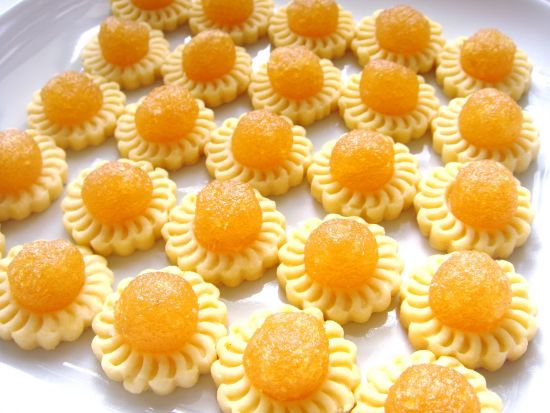春节双语习俗:大年初二 媳妇回娘家(图)
 大年初二 媳妇回娘家
大年初二 媳妇回娘家Chinese New Year on my fingertip 指尖上的新年:大年初二 媳妇回娘家
Today is the 2nd day of the 1st month in Lunar Calendar. 今天是大年初二。
On this day, married daughters usually go back to their own family to visit their parents, relatives and close friends. Traditionally, married daughters didn’t have the opportunity to visit their birth families frequently. 在这一天,已婚的女儿们会回娘家看望自己的父母,亲戚以及好友。传统来说,已婚的女儿没有很多看望自己家人的机会。
In old days, since married daughters are considered as outsider and no longer belonging to their parents family, they are not required to come back for reunion dinner on the New Year Eve or come back on the first day of the New Year. 在旧时代,人们认为“嫁出去的姑娘,泼出去的水”,所以他们一般不能在除夕或者大年初一回家吃团圆饭。
However as men and women are more equal now, people are not really following this custom. However, when visiting parents, married daughters are supposed to go with their husbands and present some simple gifts such as pineapple tarts. 但是,现在,男女平等,人们并不会十分较真的遵循着这样的习俗。然而,当看望父母时,已婚女子都应与自己的丈夫,带着一些糕点礼物上门,比如黄梨挞。
The pineapple tarts (黄梨挞,huang li ta), as shown in my drawing, are small, bite-size pastries filled with or topped with pineapple jam. 黄梨挞,就像上图中展示的一样,是一种小巧的、一口一个的糕点,糕点一般填充着或者在上面覆盖着一层黄梨酱。
In South East Asia exists one form of Pineapple tart. Pineapple tarts are especially popular during Chinese New Year at South East Asia. 在东南亚,存在着一种黄梨挞。在中国新年的时候,这种黄梨挞在东南亚将变得十分受欢迎。
Pineapple is translated as ‘Ong Lai’ (黄梨, huang li in Mandarin) in Hokkien. 用闽南语来说,“黄梨”被就是Ong Lai。(注:这里的黄梨也就是菠萝,台语称之王梨(ông-lâi),台湾国语称为凤梨,新马一带称为黄梨,大陆及香港称作菠萝)
It sounds similar to the word of prosperity comes ( 旺来,wang lai). Pineapple is yellow which is a close colour to gold especially once the pineapple jam is cooked. “黄梨”听上去很像是“旺来”,而黄梨也是黄色的,十分接近金色,特别当黄梨酱被烹调之后。
Gold means wealth and prosperity as well. In addition, Chinese people will have 馄饨 (hun dun) or 云吞(yun tun, or wanton) as lunch for this day. 金色也寓意着财富与兴旺。另外在这一天吃午饭的时候,中国人也会吃馄饨或者说云吞。
Wonton is a special kind of dumplings which are normally served in soup. Wonton symbolises wealth and prosperity as its shape looks like silver ingot (元宝,yuan bao) which was the money used in ancient time。馄饨是一种特别的点心,一般是放在汤里的。馄饨代表着兴旺繁荣,因为它的形状长得很像银元宝,而元宝在古代则被当做货币使用。
咱们来一起看看黄梨挞的真面目吧!别流口水哦!
黄梨酱覆盖在顶部
 黄梨酱覆盖在顶部
黄梨酱覆盖在顶部(沪江英语)
文章关键词: 春节
- 春节双语习俗盘点:大年初一串门走亲戚2015-02-13 09:54
- 春节习俗盘点:三十儿晚上熬一宿(双语)2015-02-12 11:03
- 春节习俗盘点:腊月二十九去打酒(双语)2015-02-11 14:20
- 春节序曲:孩子必须知道的小年习俗(双语)2015-02-11 11:36
- 春节序曲 关于小年你必须知道的习俗(双语)2015-02-11 10:29
- 春节双语习俗:腊月二十八打糕蒸馍贴花花2015-02-10 14:15

